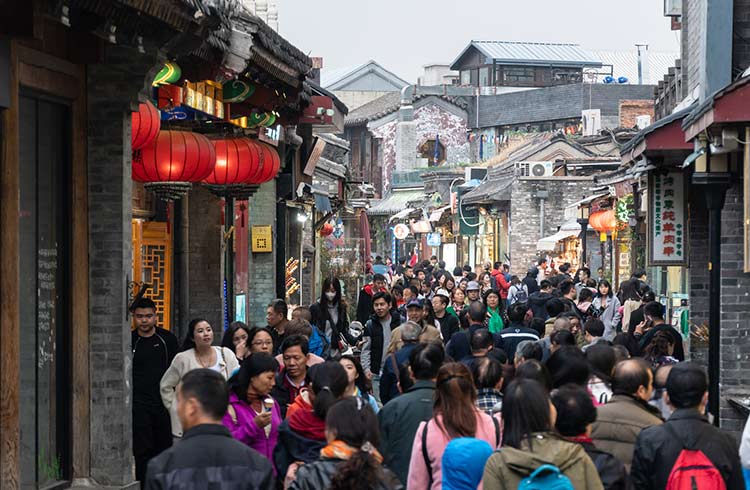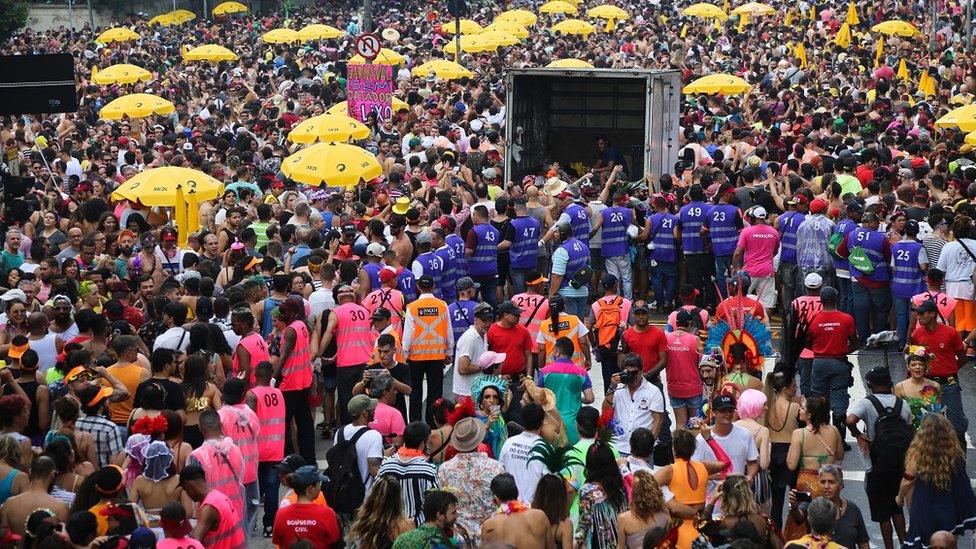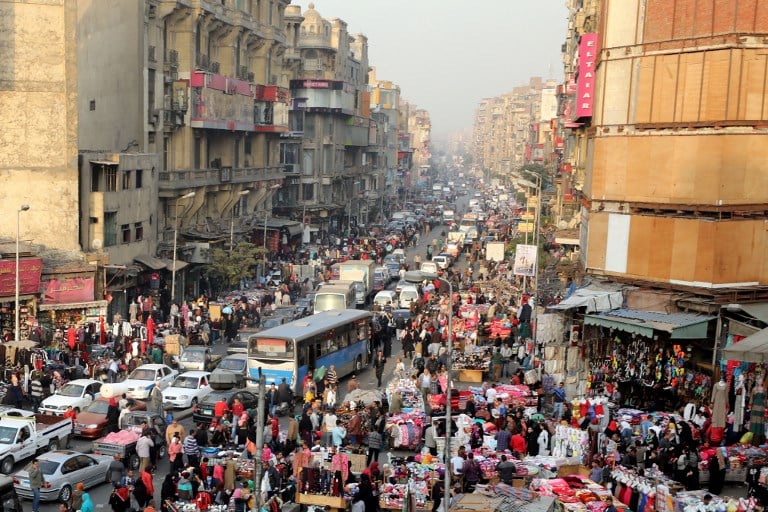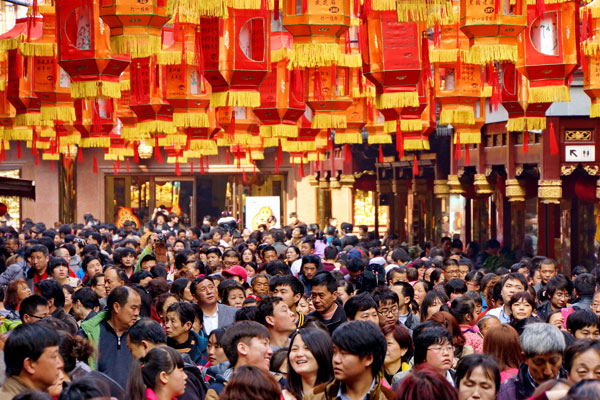Cities are growing quicker than ever. Some cities in 2025 have populations that equal whole nations, but which ones rank highest? Driving economy, culture, and innovation, urban areas constitute the beating core of modern existence. Knowing the top ten most populated cities worldwide becomes an interesting trip into human development and urban sprawl as more people swarm to these vibrant centers. This list presents urban and metropolitan population figures, including the city core and its environs, therefore providing a real sense of the number of people vibrating through these vast territories. For various reasons, population trend tracking is absolutely vital. To meet demand, it guides governments in planning roads, hospitals, and schools among other infrastructure projects.
While experts examine how urbanization impacts our world, businesses use this information to identify growth markets. These patterns show where mankind is headed as the population of the planet rises especially in cities. Urban and metropolitan population counts in 2025 will be more important than city boundaries if we are to fully grasp these giants. From Tokyo’s unceasing skyline to Delhi’s energetic anarchy, these cities highlight the strength and difficulties of human density. Let’s explore the top ten and try to understand their motivations.
The Top Ten Most Populated Cities In The World In 2025
10. United States New York City (19.2 million+)

Rising as the urban powerhouse of the United States with a metro area population of around 19.2 million in 2025 is New York City. Covering five boroughs—Manhattan, Brooklyn, Queens, the Bronx, and Staten Island—as well as areas of New Jersey and Connecticut, this city is a worldwide center of activity. Speaking more than 800 languages, from Spanish in Harlem to Mandarin in Flushing, its populace depicts a rainbow of cultures. While Central Park stretches over 843 acres as a green haven, iconic sites like the Statue of Liberty, a gift from France in 1886, define its skyline. Economically, NYC rules with Wall Street’s stock exchange, media behemoths like NBC, and Silicon Alley tech companies. With more than 60 million people going to Broadway events and the Metropolitan Museum of Art, tourism generates billions into its coffers in 2025. Rising water levels threatening Lower Manhattan and a housing crisis forcing rents sky-high are challenges. Moving five million daily, its subway ensures the survival of this metropolitan population, therefore securing its ranking among the most populous cities in 2025.
9. Mumbai, India (22.1 million)
Mumbai, with a metro area population projected to be 22.1 million in 2025, is India’s financial and cinematic pulse. Stretching along Maharashtra’s coast, this city developed from seven islands joined in the 19th century into a thriving metropolis. Its populace, a colorful mix of Marathis, Gujaratis, and rural Indian migrants, drives its unrelenting intensity. Built in 1924, the Gateway of India greets ships; the UNESCO landmark Chhatrapati Shivaji Maharaj Terminus features Victorian Gothic architecture. With over 1,000 films released annually, Bollywood attracts dreamers to Andheri-based studios. With the Bandra Kurla Complex as its business center, Mumbai economically hosts the Reserve Bank of India and excels on textiles, shipping, and technology. Though always packed, its suburban trains—which carry 7 million daily—are lifelines. It fights monsoon floods flooding slums like Dharavi and a population density of 21,000 per square kilometer in 2025. Among world megacities, Mumbai’s wild mix of wealth and suffering stands out.
8. Beijing, China (22.6 million)

Beijing, with a metro area population of almost 22.6 million by 2025, grounds China as its political and cultural hub. Originally the seat of Ming and Qing emperors, this 16,410 square kilometre metropolis stretches between old lanes and contemporary towers. Its population consists of Han Chinese majority combined with expanding expat groups from the diplomatic and technological spheres. While the Great Wall’s Mutianyu portion is close by, the Forbidden City with 9,999 chambers dazzles guests. Economically, Beijing dominates China’s strategy with state-owned industries, tech companies like Baidu, and a university cluster generating talent. Its GDP approaches $600 billion in 2025 thanks in part to holding the Winter Olympics 2022. Though smoke from coal plants covers the city’s 23-line metro system, which is the longest in the world, moves 10 million daily. Beijing is a unique urban population giant on the most crowded cities 2025 list since traditional teahouses in hutongs juxtapose with the shining CCTV Tower.
7. Mexico City, Mexico (22.8 million)

Rising on a high plateau at 2,240 meters above sea level, Mexico City, with a metro area population of over 22.8 million in 2025, stretches Originally established by the Aztecs in 1325, Tenochtitlan was restored by Spanish conquistadors, hence creating a legacy of rich history. Its population is a mix of global expats, Mestizos, and Indigenous Nahua that produces a cultural powerhouse. One of the biggest plazas in the world, the Zócalo holds events; the pyramids of Teotihuacán fascinate archaeologists. Economically, it shines in tourism, banking, and car manufacturing—all of which contribute more than 20% of Mexico’s GDP. Its metro carries 4 million daily in 2025, but sinking ground—up to 10 millimeters annually—threatens structures. Despite water scarcity and earthquake hazards, street cuisine like tacos al pastor and Day of the Death parades offer vitality. Among world megacities, its elevation and durability in 2025 really stand out.
6. São Paulo, Brazil (23.0 million)

Rising as Brazil’s industrial and cultural titan with a metro area population of around 23.0 million in 2025 is São Paulo. Originally started by Jesuit Jesuits in 1554, it developed into the biggest metropolis in South America driven by immigration from Italy, Japan, and Lebanon as well as coffee booms. Liberdade, home of the largest Japanese community outside of Japan, shows great population variety. Drawing visitors are the São Paulo Museum of Art with its glass-suspended architecture and the neo-Gothic Metropolitan Cathedral. Economically, it generates 10% of Brazil’s GDP via finance, aircraft, and agribusiness with corporations like Embraer situated close by. Its 1,200 buildings will soar over traffic-clogged streets in 2025, while Carnival fills them with samba. Though it is growing, the metro system finds it difficult to serve everyone; favelas draw attention to disparity. The raw appeal of São Paulo guarantees its place among the most populous cities in 2025.
5. Cairo, Egypt (23.1 million)

Cairo, along the Nile River, thrives as Egypt’s ancient and modern center with a metro area population of about 23.1 million in 2025. Built 4,500 years ago, it expanded around pharaonic ruins like as Giza’s pyramids under Fatimid control around 969 AD. With metropolitan Egyptians mixed with rural immigrants, its population creates a rich tapestry covering 18,000 people per square kilometer. While Al Azhar Mosque grounds Islamic knowledge, the Egyptian Museum holds the riches of Tutankhamun. Economically, Cairo depends on tourism—10 million visitors annually—textiles, and Nile-based trade; its GDP in 2025 will reach $100 billion. Africa’s first metro runs three million daily, yet informal settlements tax resources. Among world megacities, Bustling souks, felucca boats, and the aroma of koshari define its streets and set it out as an urban population monster.
4. Dhaka, Bangladesh (24.7 million)
With a metro area population of over 24.7 million in 2025, Dhaka is Bangladesh’s chaotic capital and among the densest cities in the world with 44,000 people per square kilometer. Originally established in the 1600s as a Mughal commercial center, it burst with independence in 1971. Mostly Bengali, the population is young and millions of people migrate for employment. While the river port of Sadarghat humbs with boats, Lalbagh Fort and the pink Ahsan Manzil mansion remember their history. Economically, Dhaka generates 35% of Bangladesh’s GDP via apparel, construction, remittances, and supply chains including H&M. Its buses and rickshaws choke small roadways in 2025, and Buriganga River flooding ruins way of life. Among the most populous cities in 2025, its textile markets and street food scene flourish despite sanitation challenges.
3. Shanghai, China (30.5 million)

Shanghai, China’s economic gem on the Yangtze Delta, shines with a metro area population of around 30.5 million in 2025. Originally a fishing town turned treaty port in 1842, it grew into a major worldwide trading powerhouse. Drawn by opportunity, its populace combines Han Chinese with foreigners from the tech and financial sectors. Pudong’s skyline, where the 632-meter Shanghai Tower towers, faces the Bund’s colonial front. With a GDP more than $700 billion in 2025, it manages 20% of China’s port traffic economically, hosts the Shanghai Stock Exchange, and leads in manufacturing and artificial intelligence. Its 29-line metro moves 10 million daily, yet urban development stresses green space. From jazz clubs to dim sum restaurants, Shanghai’s international taste is evident among urban population giants.
2. Delhi, India (34.7 million)

With a metro area population of over 34.7 million in 2025, Delhi is India’s vast capital that combines New Delhi’s colonial grid with the Mughal heritage of Old Delhi. Beginning in the sixth century BC, it developed under British control and under emperors. With 22,000 individuals per square kilometer, its population ranges in Hindu, Muslim, Sikh, and more. Its scenery is marked by the Red Fort, India Gate, and Lotus Temple; Connaught Place hums with business. With its metro, second biggest in Asia, Delhi adds 4% of India’s GDP from IT, telecom, and retail. Though pollution blankets its winters and slums jostle with malls in 2025, its historical depth keeps it among the most inhabited cities.
1. Tokyo, Japan (37.0 million)

With a metro area population of around 37.0 million in 2025, Tokyo takes first place among cities worldwide. Once Edo, a fishing village until the 1600s, it grew to be the capital of Japan in 1868, covering 23 wards and more. 98% Japanese make up the population, and tech-savvy young people balance an elderly population. Temples like Senso ji stand in contrast to the neon crossing crossed by 2.4 million daily Shibuya. Economically, Tokyo’s $1.6 trillion GDP in 2025 shows its leadership in electronics, automotive, and finance—with companies like Mitsubishi booming. Comprising forty million daily journeys across 285 stations, its metro is the busiest in the world. Its building rules are shaped by earthquakes; space is limited but cherry blossoms and sushi restaurants bring soul. Tokyo leads in order and creativity among global megacites.




